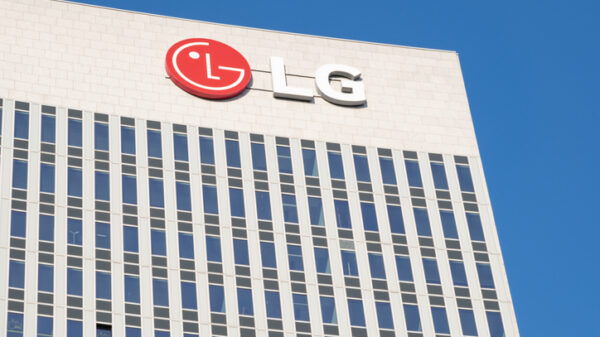Walmart has increased discounts for its customers in response to ongoing tariff uncertainties that are affecting prices nationwide. The retailer’s actions come as trade policies under the administration of former President Donald Trump continue to impact consumer goods pricing. On Thursday, Walmart raised its fiscal year sales and profit forecasts, reflecting a proactive strategy to maintain customer loyalty amid financial pressures.
In the second quarter, Walmart offered over 7,400 discounts, which included a significant increase of 30% in grocery discounts compared to the previous year. The company’s reported sales in the United States reached $120.9 billion, marking a 5% increase from the same period last year. This growth highlights Walmart’s ability to adapt to challenging market conditions while still appealing to budget-conscious shoppers.
Tariffs have led to price increases on certain goods, but consumer spending has not universally reflected these changes. Many low- and middle-income customers have turned to lower-priced alternatives or have reduced their purchases altogether. Walmart’s CEO, Doug McMillon, emphasized the company’s commitment to keeping prices low for its customers, stating, “We’re keeping our prices as low as we can for as long as we can. Our merchants have been creative and acted with urgency to avoid what would have been additional pressure for our customers and members.”
Walmart’s supply chain is significantly affected by international trade, with nearly a third of its spending allocated to products sourced globally. The largest contributors to this spending are China and Mexico, which highlights the retailer’s reliance on these markets for a variety of goods.
As Walmart navigates these challenges, the company’s strategy to increase discounts is aimed at sustaining customer engagement and mitigating the effects of external economic pressures. The retailer’s focus on adapting to market dynamics showcases its role as a key player in the retail sector during uncertain times.
With consumers facing financial pressures, Walmart’s approach may serve as a blueprint for other retailers looking to maintain market share and customer loyalty amidst fluctuating economic conditions.








































































